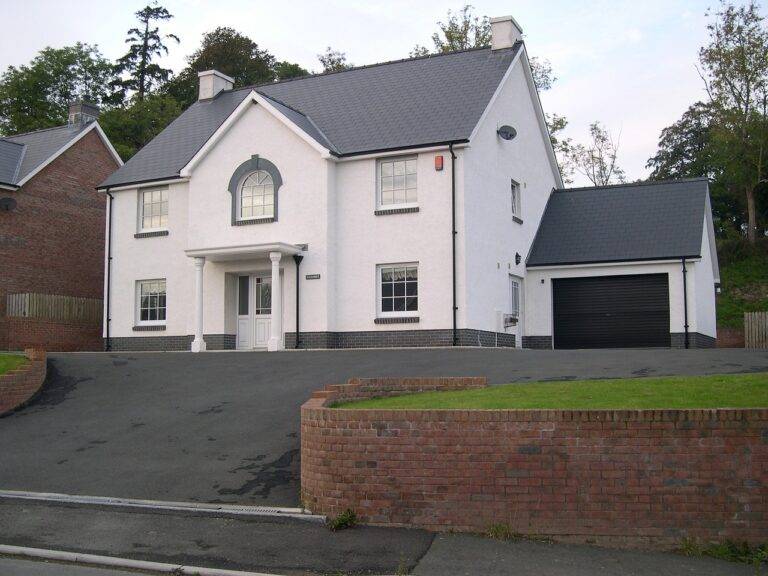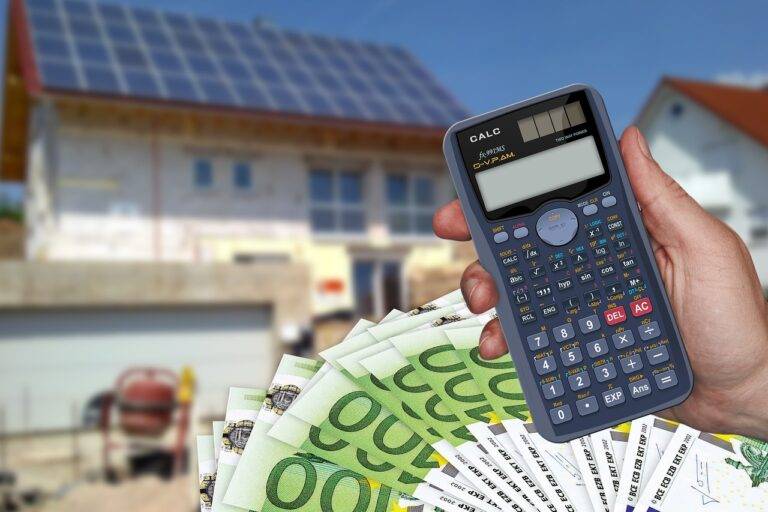The Role of Smart Home Technology in Sustainable Living: Efficiency and Conservation
With the rise of smart home technology, homeowners now have the opportunity to not only enhance their convenience and comfort but also contribute to sustainability efforts. From smart thermostats that optimize energy usage to lighting systems that adjust based on natural light, these innovations play a crucial role in reducing energy consumption. By automating and monitoring various energy-intensive devices, smart homes can significantly decrease their environmental impact and carbon footprint.
Moreover, the integration of renewable energy sources like solar panels and wind turbines with smart home systems further promotes sustainability. By harnessing clean and renewable energy, homeowners can not only make their homes more self-sufficient but also reduce their reliance on conventional power sources, thus decreasing greenhouse gas emissions. This synergy between smart technology and sustainable practices paves the way for a greener future where homes are not only efficient but also environmentally conscious.
Understanding Energy Efficiency in Smart Homes
Smart homes have revolutionized the way we interact with our living spaces, with an increasing emphasis on energy efficiency. By incorporating smart technologies like programmable thermostats, energy-efficient appliances, and smart lighting systems, homeowners can significantly reduce their energy consumption and environmental impact. These devices can be controlled remotely, allowing users to optimize energy usage even when they are away from home, thus minimizing wasted energy.
Another key aspect of energy efficiency in smart homes is the integration of renewable energy sources such as solar panels or wind turbines. By harnessing natural resources to generate electricity, homeowners can further reduce their reliance on traditional power sources and decrease their carbon footprint. Additionally, smart energy management systems can track energy usage patterns, identify energy-sapping practices, and suggest ways to improve efficiency, creating a more sustainable living environment.
What is smart home technology?
Smart home technology refers to devices and systems that are connected to the internet and can be controlled remotely. These devices can help make homes more energy efficient and convenient for users.
How does smart home technology contribute to sustainability?
Smart home technology can help reduce energy consumption by optimizing heating, cooling, lighting, and other systems. This can lead to lower energy bills and a decreased impact on the environment.
What are some examples of energy-efficient features in smart homes?
Some examples of energy-efficient features in smart homes include smart thermostats, energy-efficient appliances, LED lighting, and automated systems that adjust settings based on occupancy and usage patterns.
How can I make my home more energy efficient with smart technology?
You can make your home more energy efficient by investing in smart thermostats, energy monitoring systems, smart lighting, and automated controls for heating and cooling systems.
Are there any financial incentives for investing in energy-efficient technologies for my smart home?
Yes, there are often financial incentives, rebates, and tax credits available for homeowners who invest in energy-efficient technologies. These incentives can help offset the initial cost of implementing smart home features.
How can I track and monitor my energy usage in a smart home?
You can track and monitor your energy usage in a smart home using energy monitoring devices, apps, and software that provide real-time data on energy consumption. This information can help you identify areas where you can make improvements to increase energy efficiency.





